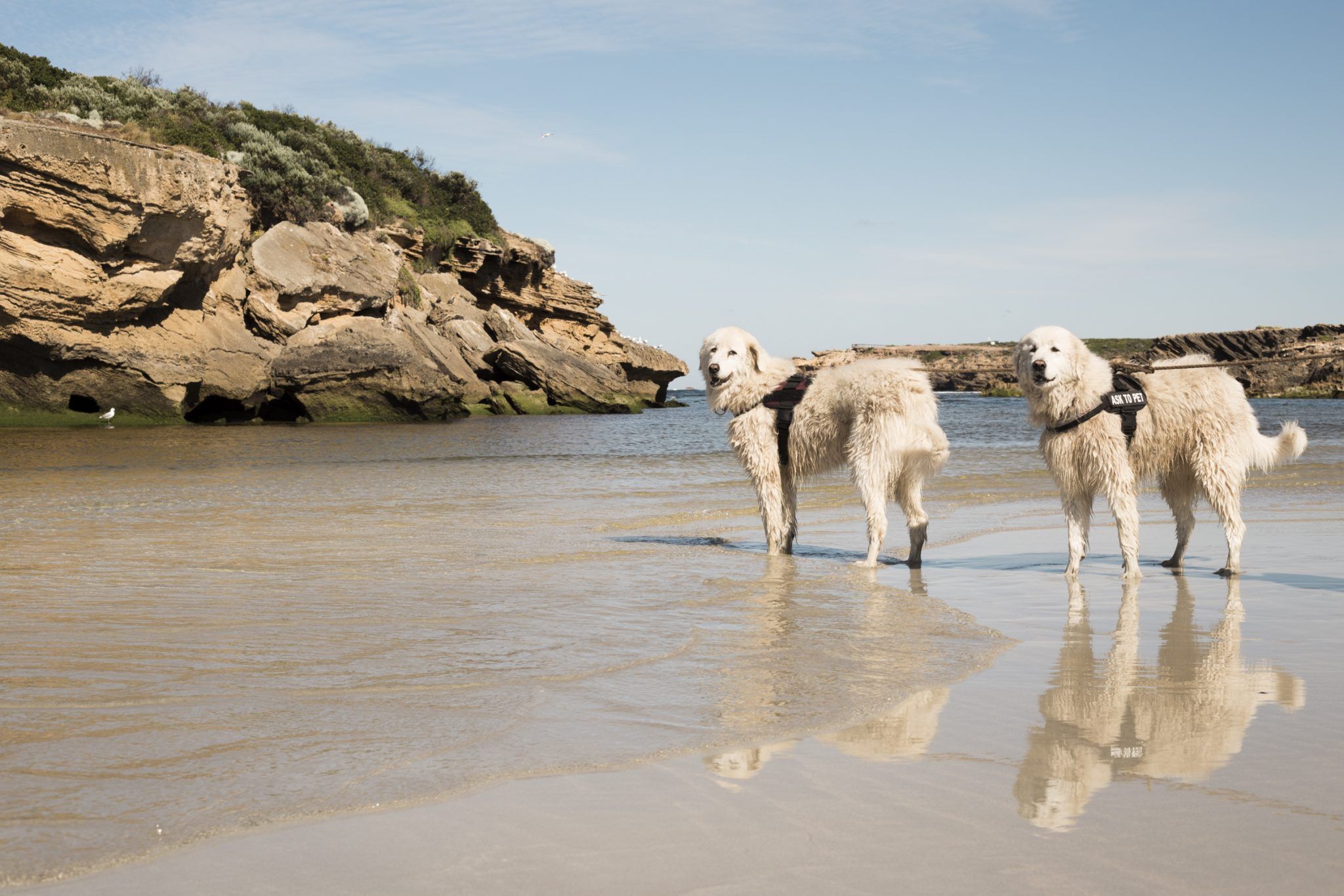South West Victoria is so much more than the Great Ocean Road.
By: Julietta Jamieson, October 2021
So, you’re one of the many Australians taking road-tripping holidays this Summer and you’re thinking about factoring in the Great Ocean Road, one of the world’s most famous and fantastic drives. But before you set off to do it in a day or two, consider slow travel. The wider Great Ocean Road region is a special place for many different reasons you’ll discover at a more relaxed pace, top of the list being the access it affords to the natural world.
Of course, to travel that incredible 240 kilometres of coastal drive is to encounter magnificent landscapes that change around every bend, from windblown surf beaches, to sheltered coves, lush rainforest to ocean-carved sandstone. But it’s when you get out of the car and connect with those landscapes and their inhabitants that the magic really begins.
You no doubt know about the Twelve Apostles, the famed Otway Fly zipline adventure and the iconic beaches and lookouts at Lorne, Airey’s Inlet and Apollo Bay. And then there’s the Great Ocean Walk, your chance to do all or some of the road’s route, only on foot, along a specially mapped out trail away from the traffic. But to flesh out a truly fab itinerary, here are five, perhaps lesser-known locations and attractions to add to your trip.
Bay of Islands Coastal Park
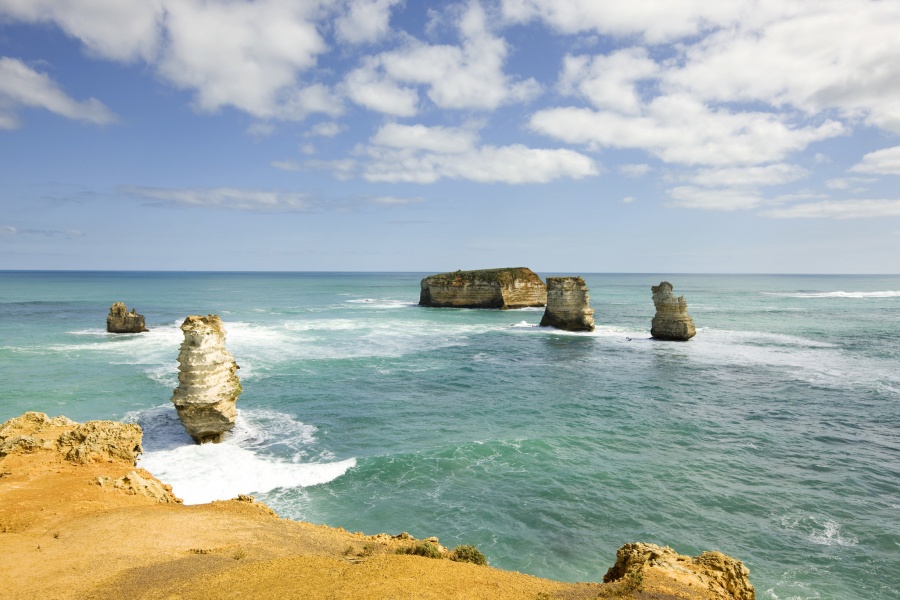
Move past the crowds at the Twelve Apostles – though do stop by, it’s an amazing site. But head towards Peterborough where the Southern Ocean has carved another group of breath-taking natural rock sculptures that make for fantastic photography via easily reached lookouts positioned to aspect them perfectly.
This is the Bay of Islands Coastal Park which stretches 32 kilometres along the Great Ocean Road and includes delicate habitat, home to hooded plover nests and a colony of black-faced cormorants, heathland that erupts into colour with spring wildflowers, and even some rare orchids. Be sure to tread lightly. Launch a sea kayak from Bay of Islands beach to explore from the water.
Wildlife Wonders
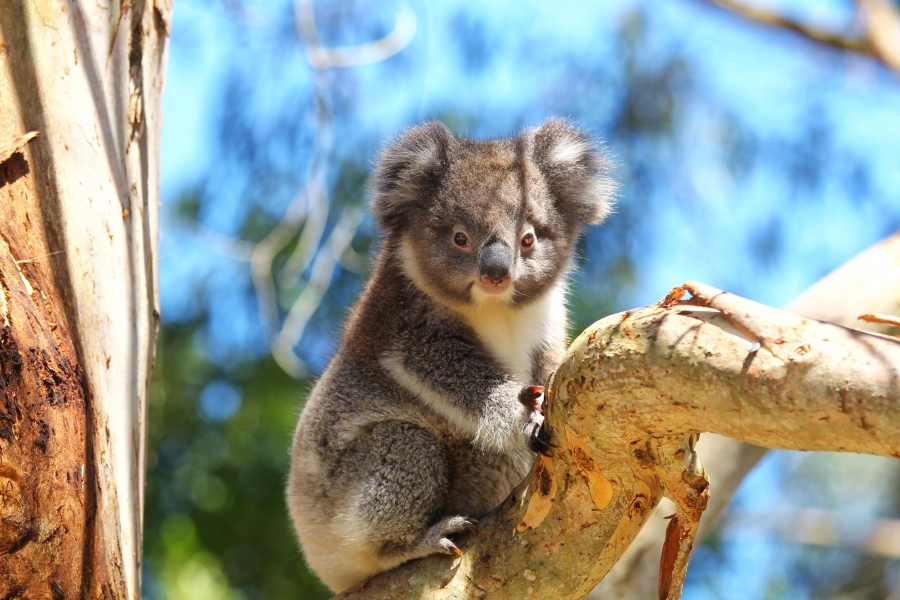
Dedicated to the beautiful native animals that call the Otway Ranges home, it’s a cleverly constructed, protected system of habitats harbouring indigenous plants and animals, including koalas, kangaroos, wallabies and Otway birdlife. Take a walking tour with one of the knowledgeable guides who are also conservationists. Find out why visitors are raving on TripAdvisor as you meander along paths, spotting these special creatures in a setting that’s as close to wild as it can be within the safety of a well-disguised predator-proof fence. Guests love getting close to the animals without disturbing them, and how the guides are able to answer all questions, even from the most inquisitive of kids.
That’s because Wildlife Wonders is much more than just a sanctuary. It’s run by the Conservation Ecology Centre which studies the effects of introduced predators on vulnerable species like bandicoots and potoroos and which has done important and ground breaking work in koala and quoll conservation.
As you’re discovering the sights and surprises of Wildlife Wonders, look out for some inspired artistry from New Zealander Brian Massey, who was in the team of art directors for The Hobbit; An Unexpected Journey as well as greenskeeper on the Lord of the Rings trilogy.
Budj Bim Cultural Landscape
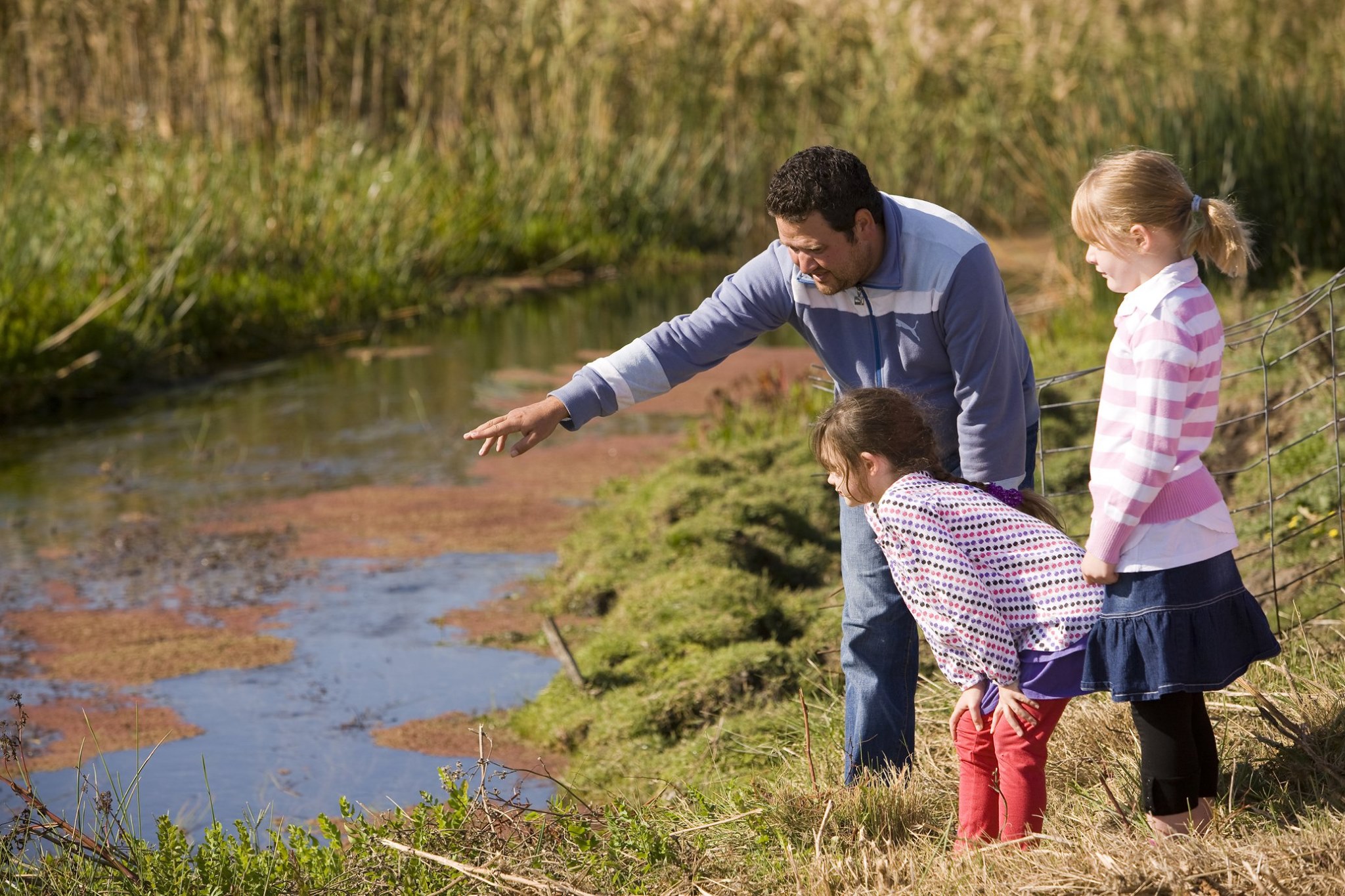
A UNESCO World Heritage Site, Budj Bim in the traditional Country of the Gunditjmara people, is home to one of the world’s most extensive and oldest aquaculture systems, which represents a culture more than 60,000 years old.
It’s about an hour and 20 minutes from Portland, which is about 100 kilometres west of the Great Ocean Road. The extraordinary site includes the Budj Bim Volcano and Tae Rak (Lake Condah), the Kurtonitj wetland swamps, and Tyrendarra ridges and marshes. It’s the Budj Bim lava flows which connect these three components, that were utilised for aquaculture.
Explore with Budj Bim Tours, an Indigenous-owned company offering insight from local guides. There’s great camping and self-guided walks here, too.
While you’re in the area, visit Point Danger, six kilometres from Portland: it’s home to mainland Australia’s only colony of gannets, a remarkable seabird that’s a close relation to the booby.
Warrnambool
Don’t be fooled by the grand streetscapes of the capital of the Shipwreck Coast. Nature encounters abound close by, in and around Warrnambool. Have you seen the movie, Oddball? It’s based on the Maremma-Abruzzese Sheepdogs that guard Warrnambool’s Middle Island during penguin breeding season to protect the birds from foxes. The island is closed to the public in order to preserve the important little penguin colony, but you can book a place on a ‘Meet the Maremma Tour’ to experience the conservation project firsthand.
Warrnambool is also a great place for whale watching. From June to September the mighty Southern Right Whales head to the protected Lady Bay area, where they give birth and raise their young. The Logan Beach Whale Watching Platform east of the Hopkins River, is a perfect viewing point. Find out about whale sightings via the Visitor Information Centre and on the Great Ocean Road Whales Facebook Page.
Griffiths Island Reserve
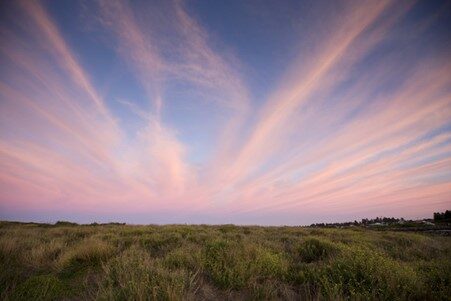
The Great Ocean Road technically finishes at Allansford – you’ll see the sign announcing it there. But 37 kilometres further along the coast towards the South Australian border, lies the unmissable Port Fairy, a beautiful town established by Irish fisherfolk, its pretty stone cottages and quaint streetscapes still reflecting its Celtic roots. Head to Griffiths Island Reserve, where an incredible nature experience lies right next to the centre of town.
A sanctuary for plants and animals, it’s an important nesting territory for the short-tailed shearwater or mutton bird, with the breeding birds returning yearly in large numbers, always within three days of 22 September. But at all times of year it’s a fantastic walk, with more than 80 bird species recorded on the island, plus a resident mob of black wallabies alongside short beaked echidnas, blue tongue lizards, brown and copperhead snakes.


